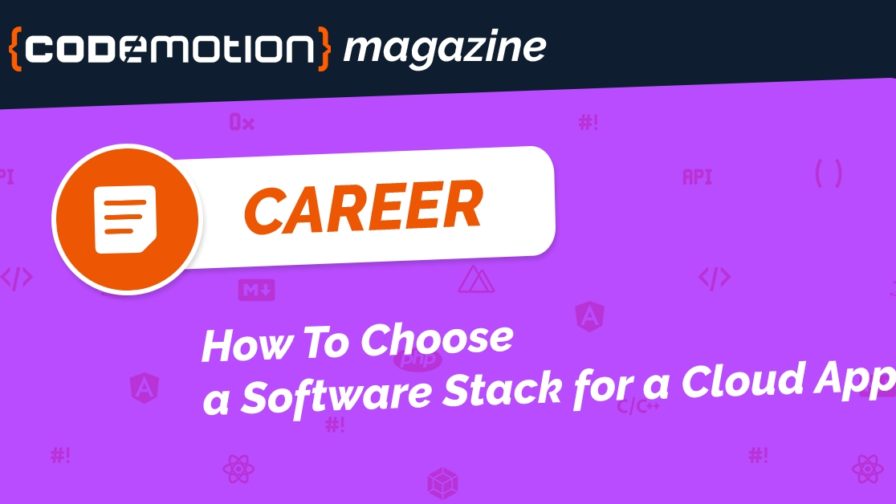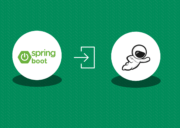
To develop a successful digital product, the first step is to choose the optimal technology stack. This is necessary for the convenient and efficient service of the product. Users like it due to its pleasant and usable interface and allow business owners to expand their capabilities easily.
Let’s see the essence of the technology stack, how to choose it correctly, and how to save your budget.
Start with the structure of your application
Mobile and web applications consist of an external (or user-defined) and an internal (or hidden server-side) interface. A technological stack is provided for their optimization. It is a complex consisting of programming languages and software tools.
The components are superimposed on each other. Therefore, they are maximally interconnected. Depending on what your developing software product will be, this or that stack will be optimal. Therefore, without defining the structure, it is impossible to move forward.
Interface visualization
As a rule, the implementation of the visual part of the interface involves several technologies. More about each of them:
- HTML is a programming language for writing the information structure of a web application.
- CSS is a language for generating style sheets for formatting and describing the appearance of documents written in HTML. Allows you to embed tags and annotate text in electronically styled tables.
- JavaScript is a programming language that is ideal for writing interactive and dynamic pages with animations of varying complexity to attract users’ attention.
- TypeScript is a programming language that extends JavaScript, ideal for multi-layered, complex applications. Due to the ability to check different types of data, it helps to structure the code and provide greater dynamics of the interface.
- Frameworks for Front-end – a package with a complex of codes sorted in the appropriate folders and files. They provide a framework that allows developers to make adjustments to already tested code without rewriting each one from scratch.
All technologies can be used to develop one application.
Backend
The backend is responsible for the functionality of the application and its logic. To implement it correctly, you need to understand what each component of the server technology stack is and what it is responsible for:
- Server application. When it is launched on the server, it receives the request, parses it, and sends a response. There may be several such applications written in different server-side programming languages, for example, Ruby, Node.js, or Golang.
- Database. Contains organized information with aggregates of records or data files. For example, in an online store, they will contain a product catalogue, sales information, or customer profiles. A few examples of bases:
- PostgreSQL – focused on analytics and capable of simplifying the processing of large amounts of data, which is ideal for scientific, financial and research projects;
- MySQL – has high-performance indicators and is widely used in banking applications with high scalability;
- MongoDB – thanks to geospatial functions, it has found application in commerce, where it is required to calculate the distance or determine the location of the user;
- Redis – capable of handling millions of requests per second, which is essential in real-time applications;
- Elasticsearch – allows you to search for documentary information quickly, even in a large stream.
- Application programming interfaces (APIs) are the links between the server and the user. There are a lot of them in the application, and they are all interconnected. If one stops working, the entire service is turned off. With their help, the server fills the database with information and also retrieves it.
- Server architecture. It can have a different appearance: it is located entirely on one server or split into several parts. The control system can also be separated. There are many factors to consider when building an architecture, from user-friendliness to ease of management.
To prevent damage, each of the components must be properly tested.
What to look for when choosing a stack?
Be forward-thinking and forward-looking. You shouldn’t choose a stack just because you personally like it. Pay attention to these criteria:
- The scope of the project. The larger it is, the more instruments will be included in the stack. Classification of projects by volume:
- small – portfolios, one-page sites and presentations – a minimum of tools are enough for them;
- medium – commercial applications and online stores – require the inclusion of several programming languages and frameworks, it is also advisable to consider cross-platform integration;
- large ones – trading platforms and social networks – need high usability and data transfer speed. Therefore they require in-depth market analysis and development of a strategy for connecting a multi-level stack.
- Scalability. If you want to scale up your application continually, you should look for tools that have this capability. On the one hand, it is possible to supplement the software for the implementation of new tasks, and on the other, to include processing blocks. For example, Ruby, Node.js, and Golang have this capability.
- Integration. On commissioning, complete testing of each tool in the stack should be performed.
- Safety. You should choose the best tools to configure your privacy policy. For example, Ruby on Rails with access to DSL (Digital Subscriber Line) would be a great helper.
Take all the nuances seriously. Otherwise, the development of the application will require an unpredictable infusion of funds.
Saving on a budget: how to spend money wisely
Every startup wants to create something great, not spend all the money on development. Find out how to do it:
- Think over a strategy and clarify each point to eliminate the ambiguity that could lead to adjustments and additional finance.
- Start with a low-cost MVP and test the relevance of your product. This will also allow you to evaluate possible errors.
- Use ready-made tools and libraries created by others and integrate them into your application to speed up and reduce its development cost.
- You should write reliable code from the beginning and use effective tools. Otherwise, it will lead to identifying problems at a later stage and will require a return to the early stages of development.
Use as many tools as possible in the technology stack initially to make things easier later on.
Conclusion
Consider the needs of your project and assess the real possibilities. There is no single ideal technology stack; it is necessary to select its components individually, based on the project’s focus. We hope this article is useful to you!




